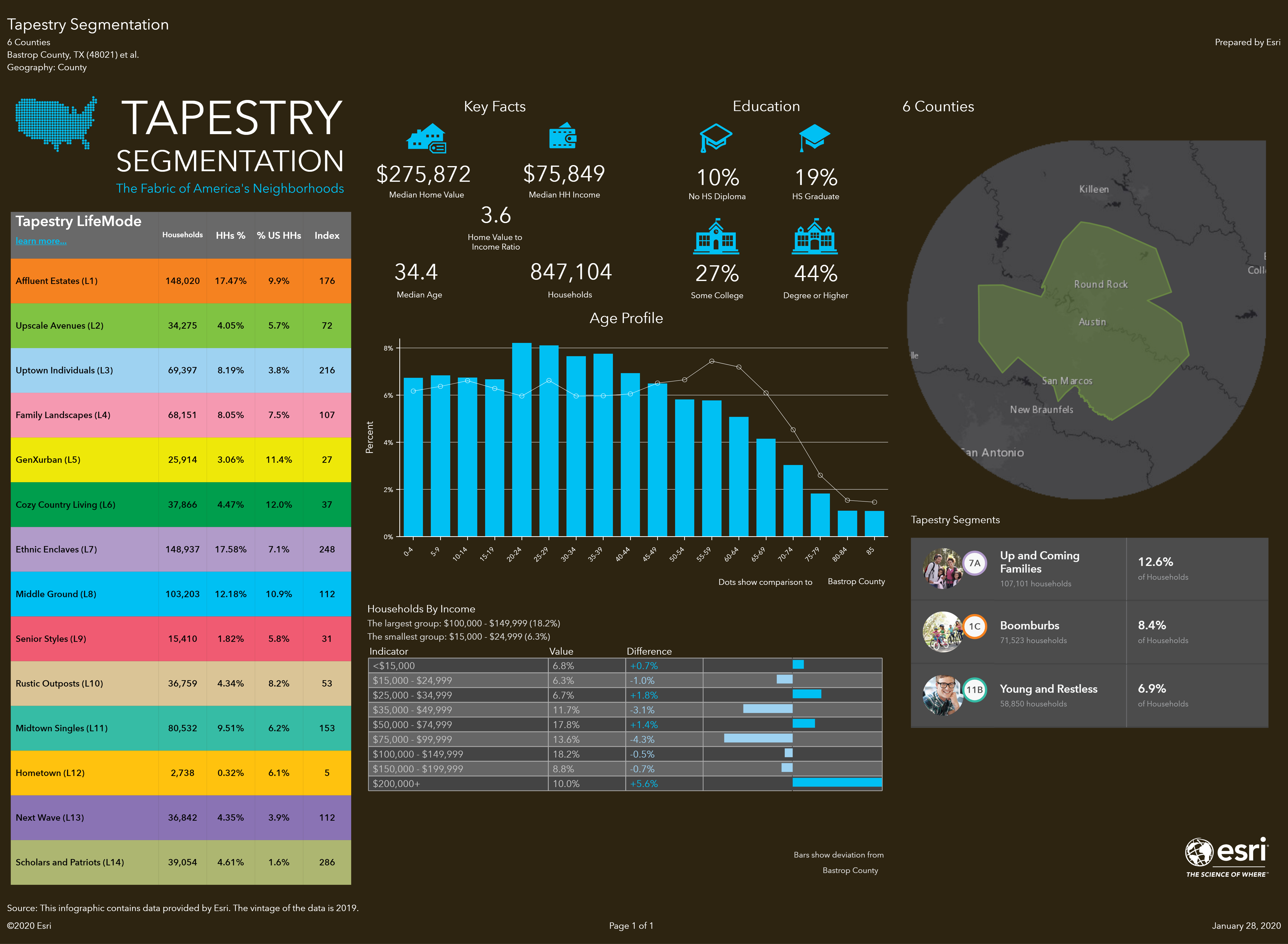Labor Market Information - Crosswalks & Resources
The foundational data of LMI are the CIP codes (Classification of Instructional Programs), SOC codes (Standard Occupational Codes), NAICS codes (North American Industry Classification System) [SIC codes (Standard Industrial Classification)], and Career Clusters [Perkins V]. These crosswalks are available below.
All of the crosswalks share a "many-to-many" relationship, and they work in both directions, for example from one CIP to many SOC and many SOC to many CIP . This structure makes the data and reporting both flexible yet at the same time challenging. The nuances found within the data mean that care and understanding must be used when we develop the reports and research to support the alignment of college instructional programs with local and regional labor market needs. We work closely with instructional leaders to ensure the reports and research will be useful for instructional planning, program review, and other activities.
The LMI Institute provides a table that lists a broad set of possible Public and Private LMI sources and information related to those data sources. Some of these sources are shared below.
CROSSWALKS
FEDERAL RESOURCES
- Bureau of Labor Statistics (BLS)
- Business Employment Dynamics (BED)
- Consumer Price Index (CPI)
- Databases, Tables & Calculators by Subject
- Employment & Unemployment – Geographic Guide
- Employment Situation Summary
- Local Area Unemployment Statistics (LAUS) Map
- Occupational Employment Statistics (OES)
- Quarterly Census of Employment & Wages (QCEW)
- Census Bureau
- Affirmative Action Data
- American FactFinder – Statistics from various censuses and surveys
- American Community Survey
- Easy Stats – Selected statistics from the Census and American Community Survey (ACS)
- Equal Employment Opportunity (EEO) Tabulations
- Income & Poverty Estimates
- Longitudinal Employer-Household Dynamics (LEHD)
- OnTheMap – Mapping application for identifying where people work and where workers live
- Quarterly Workforce Indicators (QWI) - Industry data by firm characteristics and worker demographics
- LED Extraction Tool – QWI Database accessed via query-based interface
- QWI Explorer - Data analysis and visualization tool
- North American Industry Classification System (NAICS)
- Population Data
- Population Estimates Program (PEP)
- Department of Education Data Express
- Employment and Training Administration
- WorkforceGPS - Provides workforce information resources and assistance with using LMI to improve employment programs and policies
- National Center for Education Statistics – IPEDS Data Center
- USDA Economic Research Service
- O*NET OnLine – Detailed occupational information
- Resources https://www.onetcenter.org/
- Crosswalk https://www.onetonline.org/crosswalk/
STATEWIDE RESOURCES
- Texas Workforce Investment Council
- Texas Workforce Commission
- TWC-Business and Employers Labor Market Information
- TWC-LMI
- TWC – LMI
- TWC – Unemployment
- TWC-Industry profiles
- TWC-Labor Analysis online reporting tool
- TWC-Growing Occupations
- Texas Workforce Solutions – Rural Capital Area
- Texas Workforce Solutions – Capital Area
OTHER RESOURCES
- Census Reporter – Data from the U.S. Census Bureau with a variety of data visualization options
- Cluster Mapping – National and regional industry clusters
- Living Wage Calculator
- mySkills myFuture – Employment and career pathway information
- Union Membership & Coverage Database
COMMUNITY TAPESTRY

![]() Open Interactive Dashboard
Open Interactive Dashboard
![]() Download as Image
Download as Image
About Tapestry Segmentation
Tapestry segmentation provides an accurate, detailed description of America's neighborhoods—U.S. residential areas are divided into 67 distinctive segments based on their socioeconomic and demographic composition—then further classifies the segments into LifeMode and Urbanization Groups.